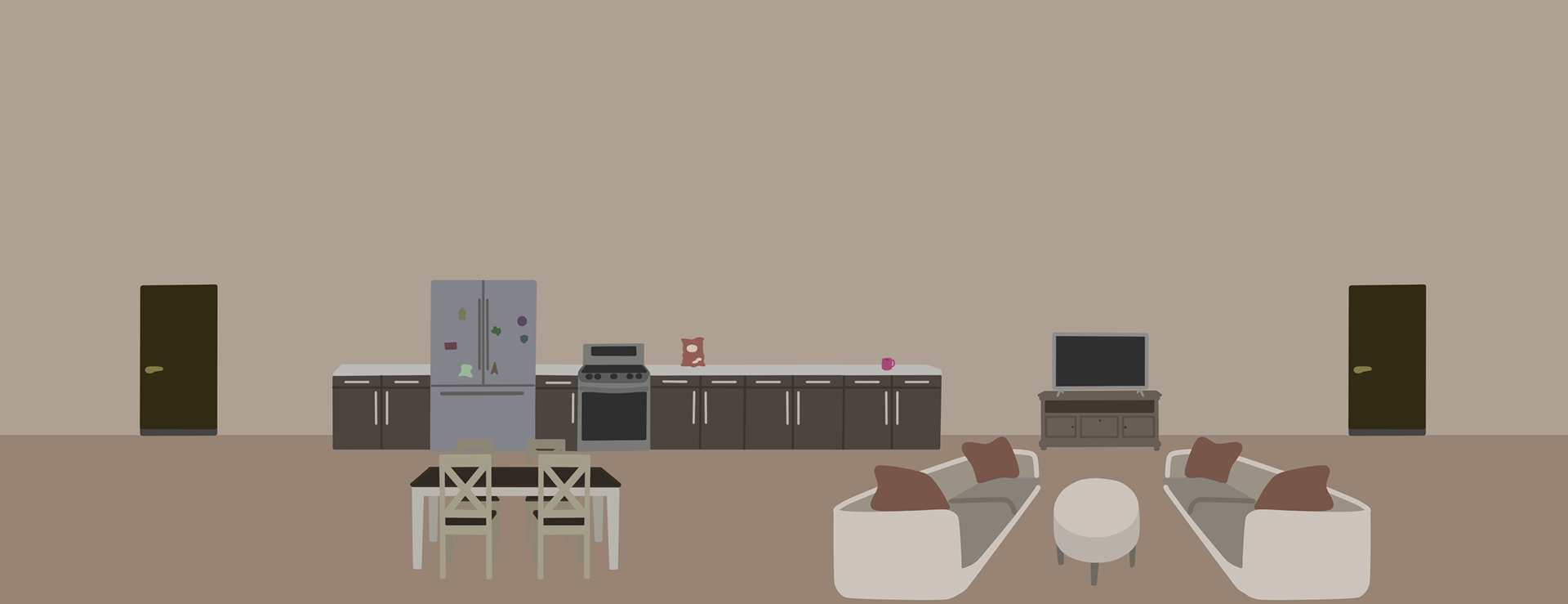Carey Wells, a withdrawn and introverted high school senior, has been struggling to care about her everyday life ever since her older sister went missing one year ago. As Carey isolates herself by falling deep into a sci-fi daydream, she begins to confront how the two worlds she lives in may be connected.
Inspiration
I came up with the idea for DisMala in my Intro to Game Design class in fall of 2018. I was heavily inspired by other story-driven games that heavily focused on characters and interpersonal relationships, especially the game What Remains of Edith Finch. In the game, there is a small section where the player engages with a daydream mini game with the left joystick while doing a monotonous task with the right joystick, and as the daydream progresses the character they are following is slowly consumed by it. I wondered if there could be a whole game based around this mechanic, of controlling characters in a daydream and reality.
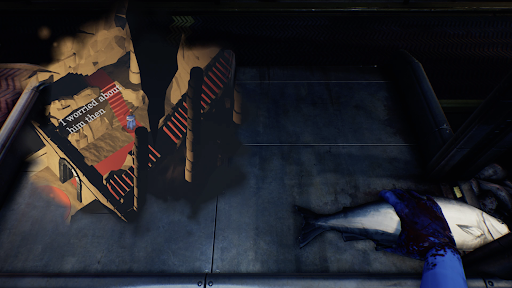
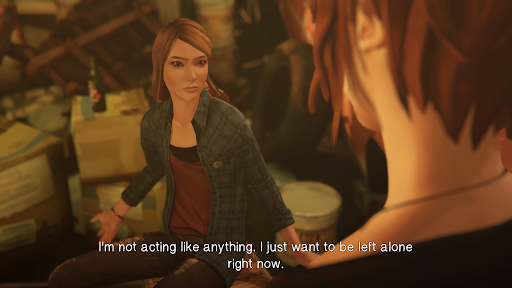
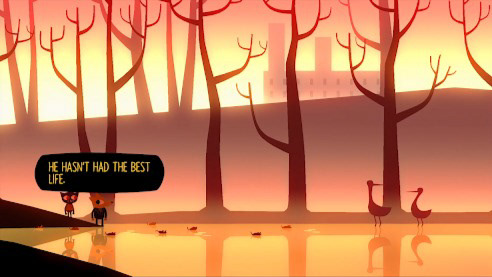
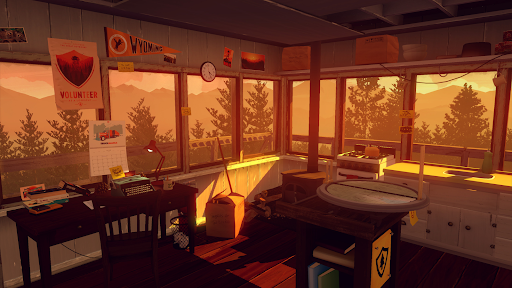
I wanted to take this mechanic from What Remains of Edith Finch and make it a little bit more complex, as the mini game involved a simple myth on the left and a monotonous task on the right. I have a deep appreciation for narrative games that have complicated character dynamics and elements of choice-design, so I wanted to see if it would be enjoyable to play a whole game that has two separate stories playing out simultaneously.
Story
The one constant in my life is that I've always been deeply obsessed with Star Wars and science fiction fantasies, and so through times of hardship as a kid I used to daydream that I was a space-faring heroine in my very own starship, on adventures unlike the real-life problems I had. I decided to take inspiration from my own childhood daydreams and create a narrative centering a troubled teenage girl, who falls into a pattern of daydreaming about herself in space in order to escape reality. Over the course of the game players begin to see how the two worlds mirror one another, and what exactly it is the girl has been avoiding.
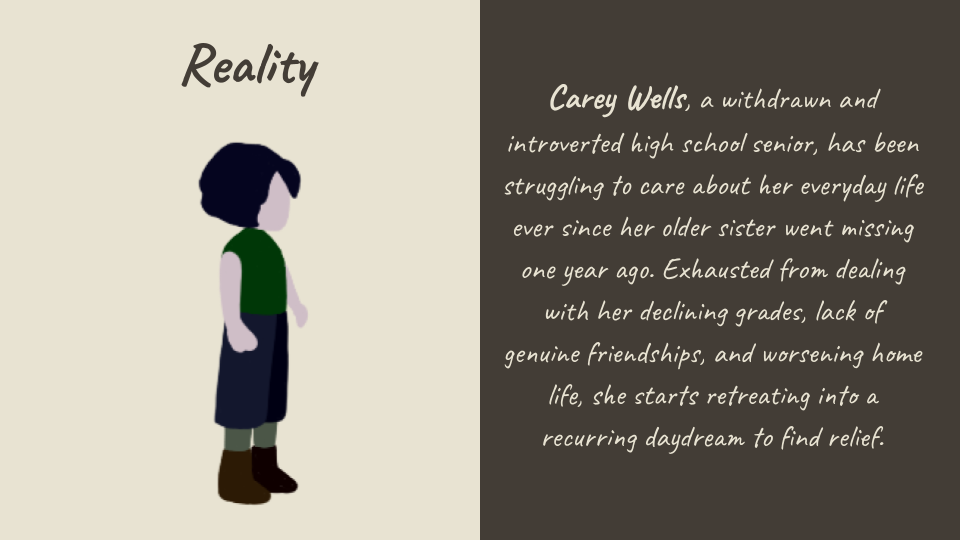
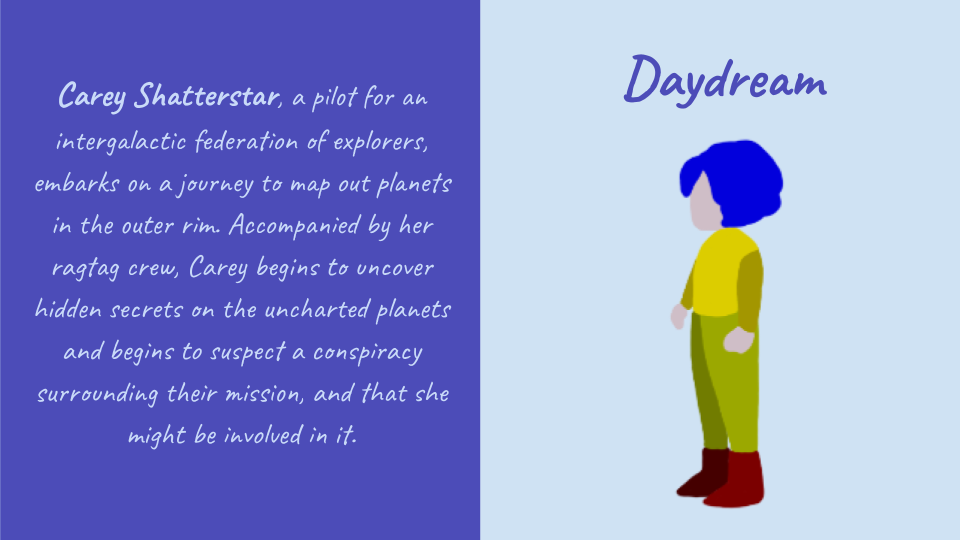
Gameplay
Gameplay involves simultaneous, dual control of the two versions of the protagonist Carey. DisMala's story follows the two worlds Carey lives in, reality and daydream. The reality side focuses on her home and family, who seem to be avoiding a topic of discussion, while on the right side Carey daydreams of herself as a sci-fi heroine, with a colorful spaceship and crewmates to match. I wanted the avoid causing confusion or unnecessary complexity in the mechanics of the game by having the movement of the two versions of Carey tied to one another, and directly mirror all of the objects and characters on each side of the game. I developed a prototype of the game as a proof of concept for my final project in Intro to Programming for Games in the spring of 2019, and then further developed the game with Clayton Sisson & Kyra Zimmermann as our final project for Intro to Game Development in fall of 2019.
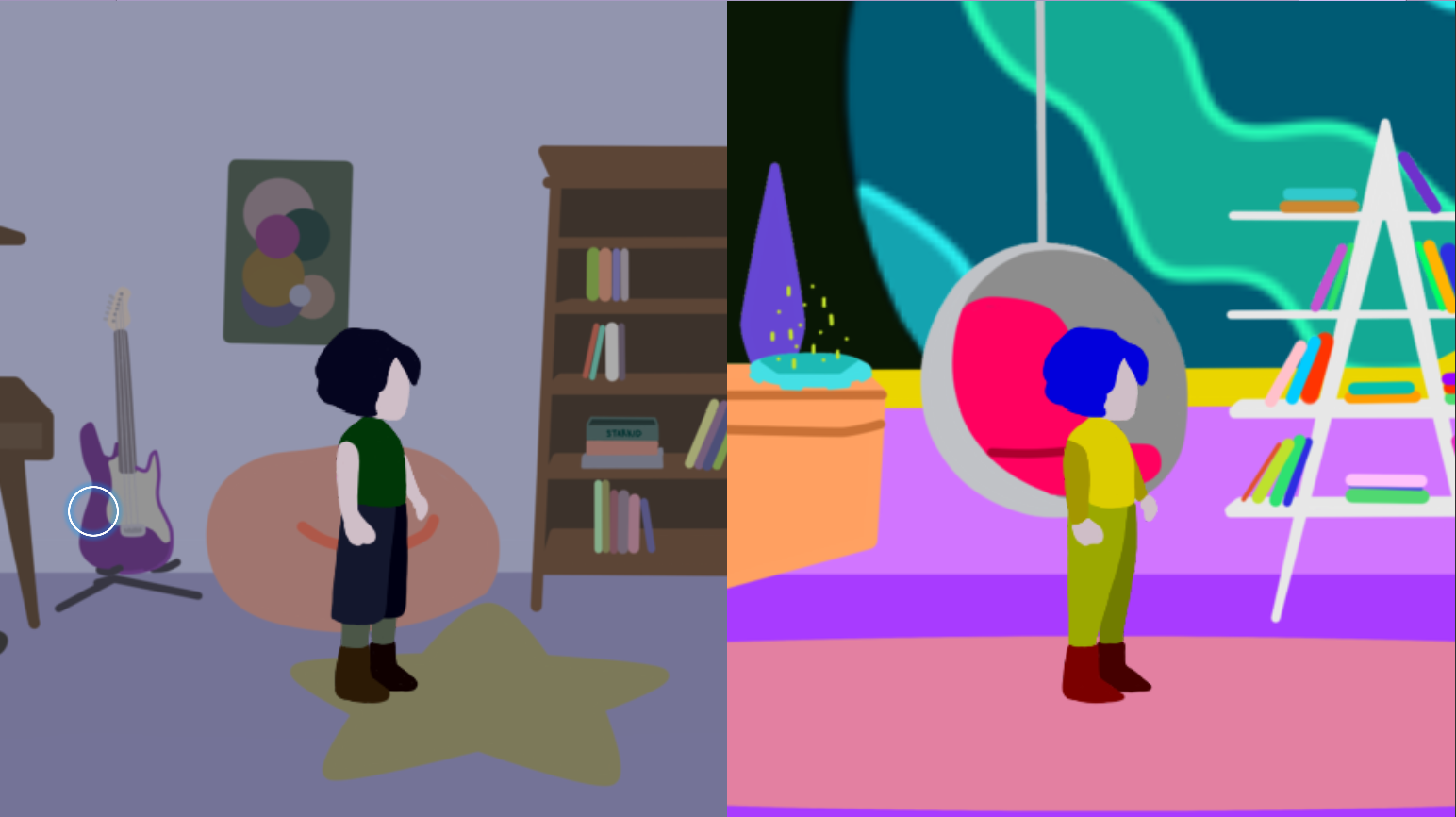

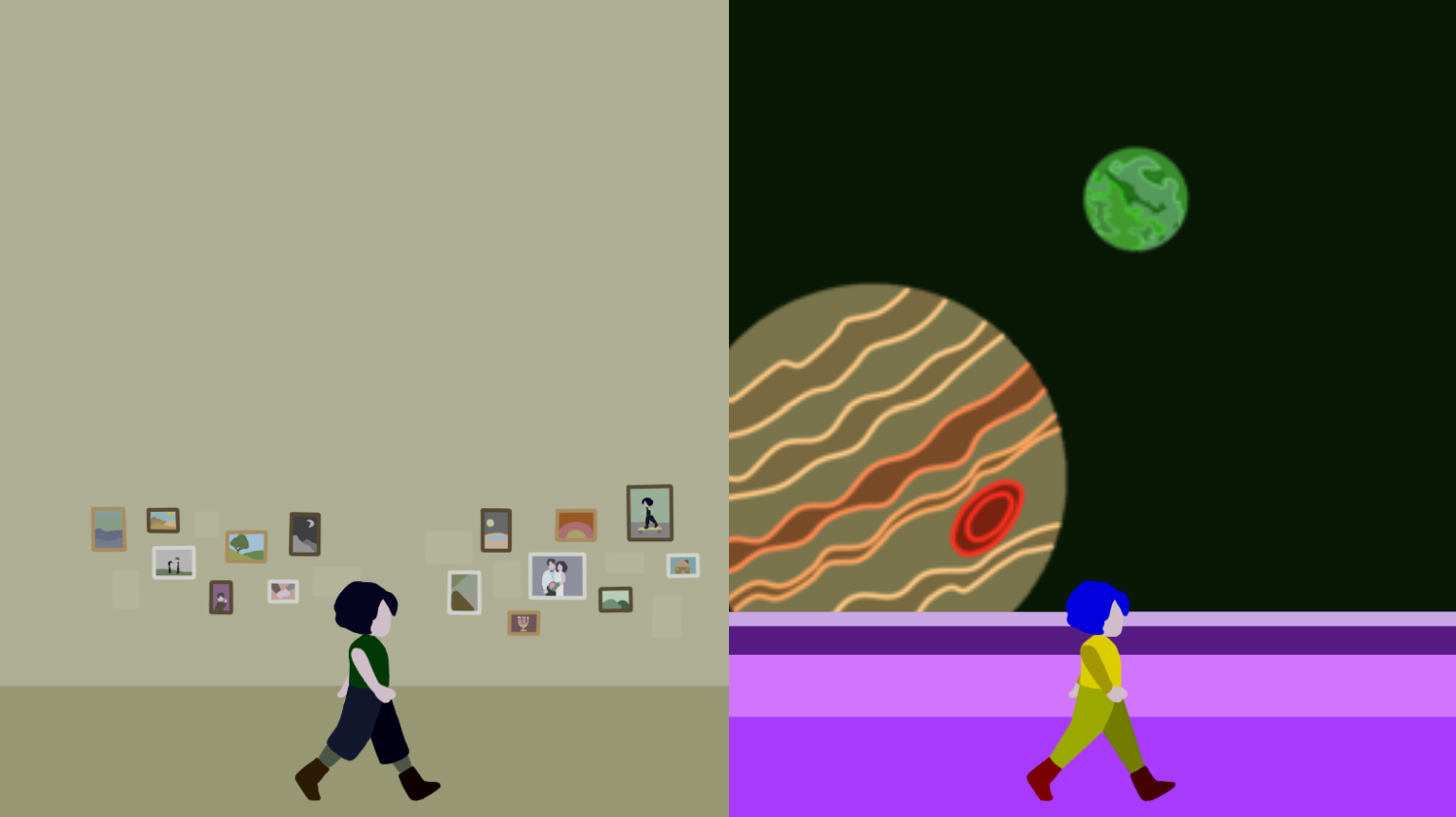
Character Design
To represent the reality side, I designed the characters with muted, desaturated colors while in the sci-fi fantasy I made the characters as vibrant as possible. Carey's design on the reality side is more saturated and high contrast than her parents in order to show how she feels she doesn't quite fit into this world. Her bright palette of primary colors in the daydream shows how she feels on the inside and how it differs from her introverted presentation in reality. Carey's sister was the bright spot in her life, and so I gave her a vibrant design in both reality and daydream to represent this, the secondary colors in her design contrast Carey's primary ones, and I made the design of her outfit in both realities similar in order to show how both versions of her were authentically her. I gave the characters face-less expressions so that the players could project their thoughts onto the characters, as I appreciated this simple character design approach in other games such as Night in the Woods and Oxenfree.
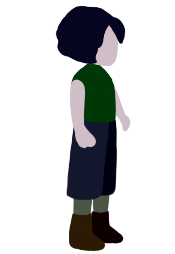
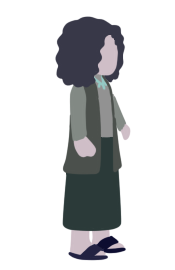
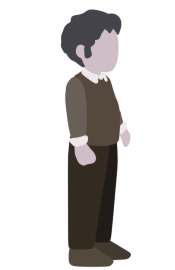
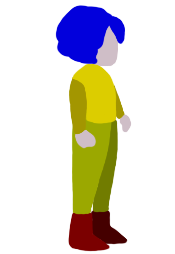
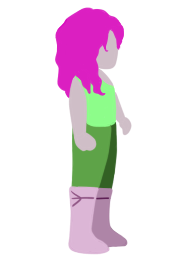
Background Design
I did not want to overwhelm players with 3D environments and complex moving mechanics, since this could be a lot for players to juggle visually when having to follow both sides of a split screen, so I decided to create a flat side scroller like that of Night in the Woods with simple designs for the backgrounds. I played around with the idea of having backgrounds that would allow for isometric movement, but decided against it. The reality and daydream versions of each room were designed on one canvas in Sai so the furniture and doors could be matched on each side. We then placed some of the background and foreground elements on different Z values in Unity in order to create parallax when walking across the screen.


